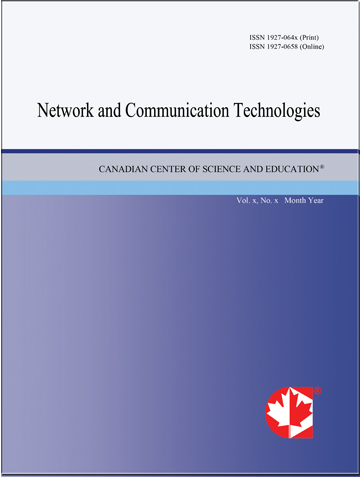Using Simulation to Investigate Virus Propagation in Computer Networks
- Arben Asllani
- Amjad Ali
Abstract
Making the best decisions to respond to a virus threat can be critical in thwarting a quick spread and minimizing negative impacts of an attack. This paper uses simulation to compare two main prevention strategies: patching and quarantine. These strategies are borrowed from epidemiological models and are currently employed to prevent and control the spread of computer viruses throughout networks. Simulation is a powerful decision making tool which can be used to mimic the complex behavior of a spreading virus while testing a range of alternative parameters for different attack scenarios. The proposed simulation model suggests that patching is a better protection strategy than quarantine. A carefully selected patching strategy can be used to enforce the herd immunity effect and place the spread of a virus in an endemic state in the shortest possible amount of time.- Full Text:
 PDF
PDF
- DOI:10.5539/nct.v1n2p76
Journal Metrics
(The data was calculated based on Google Scholar Citations)
1. Google-based Impact Factor (2021): 0.35
2. h-index (December 2021): 11
3. i10-index (December 2021): 11
4. h5-index (December 2021): N/A
5. h5-median (December 2021): N/A
Index
Contact
- Bruce LeeEditorial Assistant
- nct@ccsenet.org
